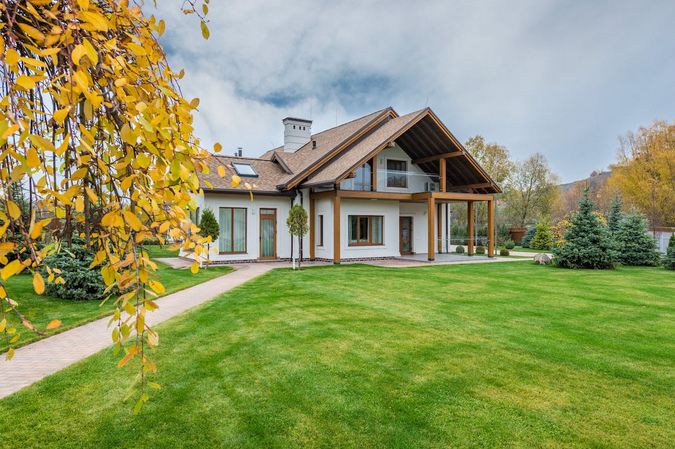The Basics of Eco-Friendly Landscaping Homeowners Need to Know
Home Plantation Inc >> Uncategorized>> The Basics of Eco-Friendly Landscaping Homeowners Need to Know
The Basics of Eco-Friendly Landscaping Homeowners Need to Know
If you’re a homeowner who wants to make your outdoor space more sustainable and environmentally friendly, you’re in for a treat. At news.de, we can learn that simple yet effective practices are enough to create a beautiful landscape that not only sweetens the aesthetic appeal of your home but also cuts off its impact on Mother Earth. From water conservation techniques to natural pest management solutions, we’ll cover it all in this comprehensive guide.
Water Conservation
Water is a precious resource, and conserving it in our landscapes is crucial for sustainable living. There are several simple yet effective techniques you can incorporate into your landscaping to reduce water usage. These include a smart irrigation system, using native plants, mulching, and implementing rainwater harvesting systems. Implementing rainwater harvesting systems can further contribute to water conservation efforts. Collecting rainwater from rooftops or other surfaces allows you to reuse this free resource for irrigating your landscape during dry periods.

Reduce, Recycle, and Reuse
A perfect combo of 3 R’s not only helps safeguard the environment but also saves you money in the long run. For starters, careful planning is a must for your landscaping projects. By assessing what you truly need and avoiding overconsumption, you can minimize excess materials that might end up in landfills. Furthermore, rather than disposing of yard waste like grass clippings or fallen leaves in plastic bags destined for landfill burial sites, consider composting them instead.
Don’t forget about reusing materials. Look around your home or local community for items that can be repurposed in your landscape design. For instance, old wooden pallets can be turned into raised planters or decorative fences while broken concrete pieces could become stepping stones or edging material. Creativity will be your ace.
Natural Pest Management
 Instead of using harmful chemicals and pesticides, homeowners can opt for safer and more sustainable methods to control pests. One effective technique is companion planting. For example, planting marigolds near vegetables can deter aphids and nematodes. You can also make use of beneficial insects like ladybugs or praying mantises to control pest populations. These bugs feed on common garden pests such as aphids, mites, and caterpillars without causing harm to the environment. Organic insecticides made from plant-based ingredients are also a great alternative. Neem oil, for example, can be used to combat various types of insects while being safe for humans and pets.
Instead of using harmful chemicals and pesticides, homeowners can opt for safer and more sustainable methods to control pests. One effective technique is companion planting. For example, planting marigolds near vegetables can deter aphids and nematodes. You can also make use of beneficial insects like ladybugs or praying mantises to control pest populations. These bugs feed on common garden pests such as aphids, mites, and caterpillars without causing harm to the environment. Organic insecticides made from plant-based ingredients are also a great alternative. Neem oil, for example, can be used to combat various types of insects while being safe for humans and pets.
Sustainable Construction Materials
Last but not least, choosing materials that are renewable, recyclable, and low impact can help homeowners reduce their environmental footprint while creating a beautiful outdoor space. When it comes to hardscaping elements like pathways or patios, consider using permeable pavers. These porous materials allow water to pass through them instead of creating runoff that contributes to erosion and pollution in nearby water bodies.
In addition, there are many other sustainable construction materials available on the market today – such as bamboo decking, reclaimed brick, and composite lumber made from recycled plastics. Each material has its own benefits and considerations when it comes to durability, cost-effectiveness, and maintenance requirements.
So, let’s make a conscious effort to be responsible stewards of our land! Whether you have a small backyard or a sprawling garden estate, there are steps you can take to make your landscape eco-friendly. Start small with one or two changes in your gardening routine – perhaps collecting rainwater or composting organic waste – then gradually incorporate more sustainable practices over time.

